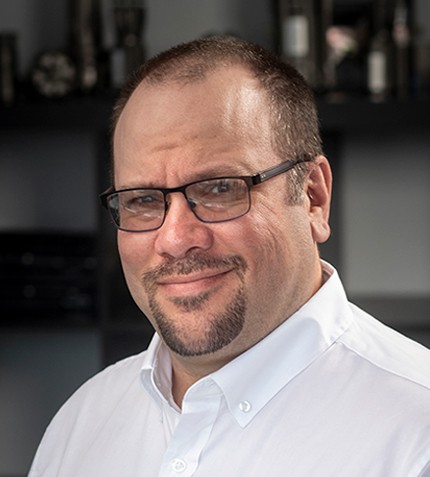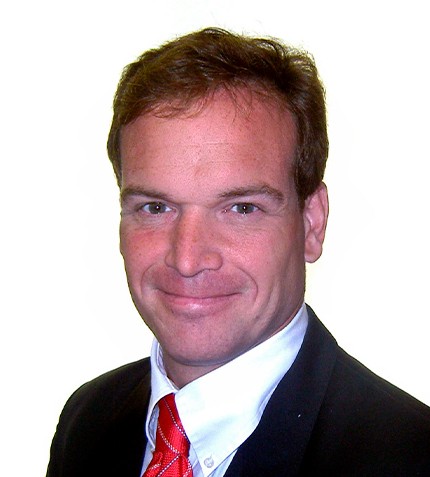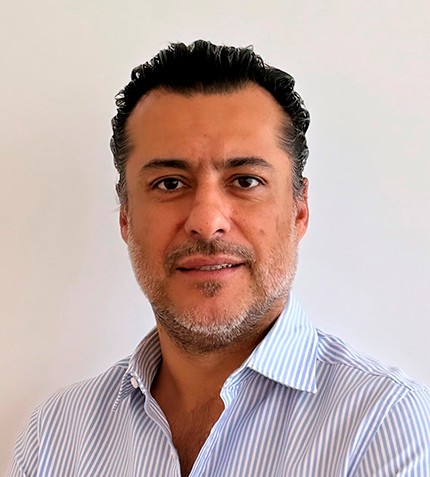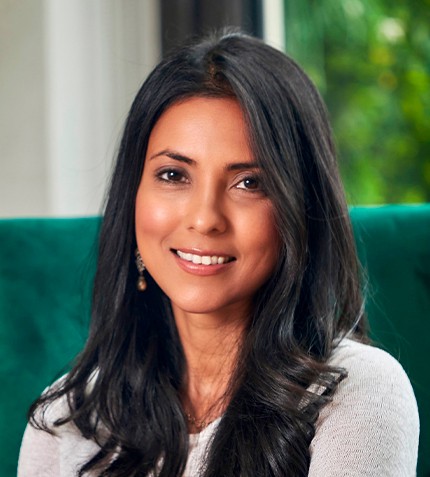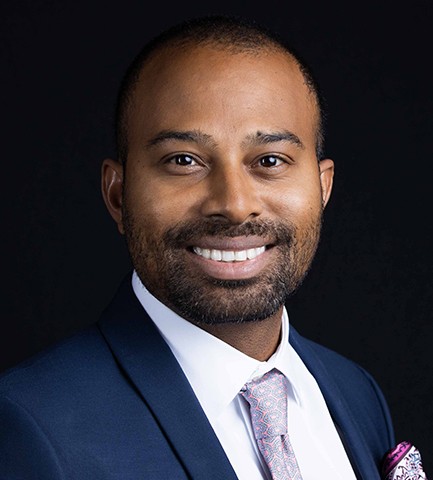
"I think Manono, for lithium, could become what Katanga has become for copper, and much more."
Hadley Natus
CHAIRMAN, TANTALEX LITHIUM RESOURCES
Could you introduce Tantalex to our international audience?
Tantalex is a DRC-focused explorer with a legacy asset in the Manono-Kitotolo (MK) lithium and tin tailings. Historically, the area we’re in has been mined for tin by the Belgians between 1910 and 1968.
In 2019, leading trader AfriMet became a key shareholder of Tantalex, injecting significant capital to develop the deposits in the Congo. To date, we have completed over 9,000 m of aircore (AC) drilling across the property to define the resource, with volumetrics confirming 105 million mt. We are now waiting for assay results on the samples collected.
The second part of our portfolio is the exploration licenses to develop what we call the Southwest Pegmatite Corridor, a lithium-cesium-tantalum (LCT) corridor of almost 45 km strike in length, significantly larger than AVZ’s Manono 7 km strike and deposit. This all adds to the mining rights above ground of AVZ’s property which gives access to an easy-to-mine, low-cost resource and the exploration potential southwest presenting us with high upside potential, which is what excites us most.
What role can the DRC’s minerals play in the global decarbonization push?
If we want to understand how the lithium market will consolidate in the DRC, the copper industry in the mid-1990s Katanga is a good reference. Back then, there was general skepticism about copper production in the country, and yet today the DRC is a leading copper producer. I think Manono, for lithium, could become what Katanga has become for copper, and much more.
The DRC has everything for the battery metals space, but we must push for more in-country developments rather than sending raw minerals tens of thousands km away for processing.
What has been the result of your talks with Ximei over the feasibility of building a refinery?
The tantalum market is very small, very niche, and very technical. Most of the conversion plants are located in Southeast Asia or China, while the Congo is one of the largest exporters of tantalum raw material. We entered a non-binding agreement with Xiamei, one of the biggest suppliers of tantalum to China, to establish a tantalum refining plant in the Manono region. This would be the first such plant in the continent and the first-of-its-kind partnership whereby Tantalex would feed the tantalum into Ximei’s plants as part of a JV structure. I believe all the ingredients are there for the recipe to work and the two companies are a natural fit for one another, especially given the promising future of battery metals and the imperative to develop beneficiation plants locally.
Can you give us a sense of the operational environment around Manono?
Manono used to be a thriving mining town, but investment abated with the downcycle in the 1980s and continuous political tumult in the country. Today, general infrastructure is still good, bearing the marks of the past, but it needs significant upgrades to support large-scale exports. Big infrastructure projects like the Inga hydroelectric power stations could significantly aid the region’s attractiveness.
Tantalex Resources has signaled a name change to Tantalex Lithium Resources. Why is that?
Lithium is part of our future and we strive to become an essential player in a low-carbon, electrified economy. Lithium is a cornerstone of our development, both short and long-term, and the commodity is clearly in a wonderful cyclical position, which made us confident to add “Lithium” to our brand and clearly emphasize our current direction to the market.
What are your key objectives for 2022?
Our key focus is the development of our flagship Southwest Pegmatite Corridor. The company is eyeing projects in Brazil, and we are looking to expand into Zimbabwe. AfriMet is, traditionally, a tantalum and tin trader, but we found LCT-type pegmatites, so we have a robust project portfolio we could go after together with our partner. With our in-house experienced team, we are not shy of tailings projects and replicating our success in other parts of the world.
Do you have a final message?
With the world looking at projects that reduce the environmental footprint and support the COP26 and United Nations goal of net zero by mid century, our project certainly would tick a lot of the boxes.




